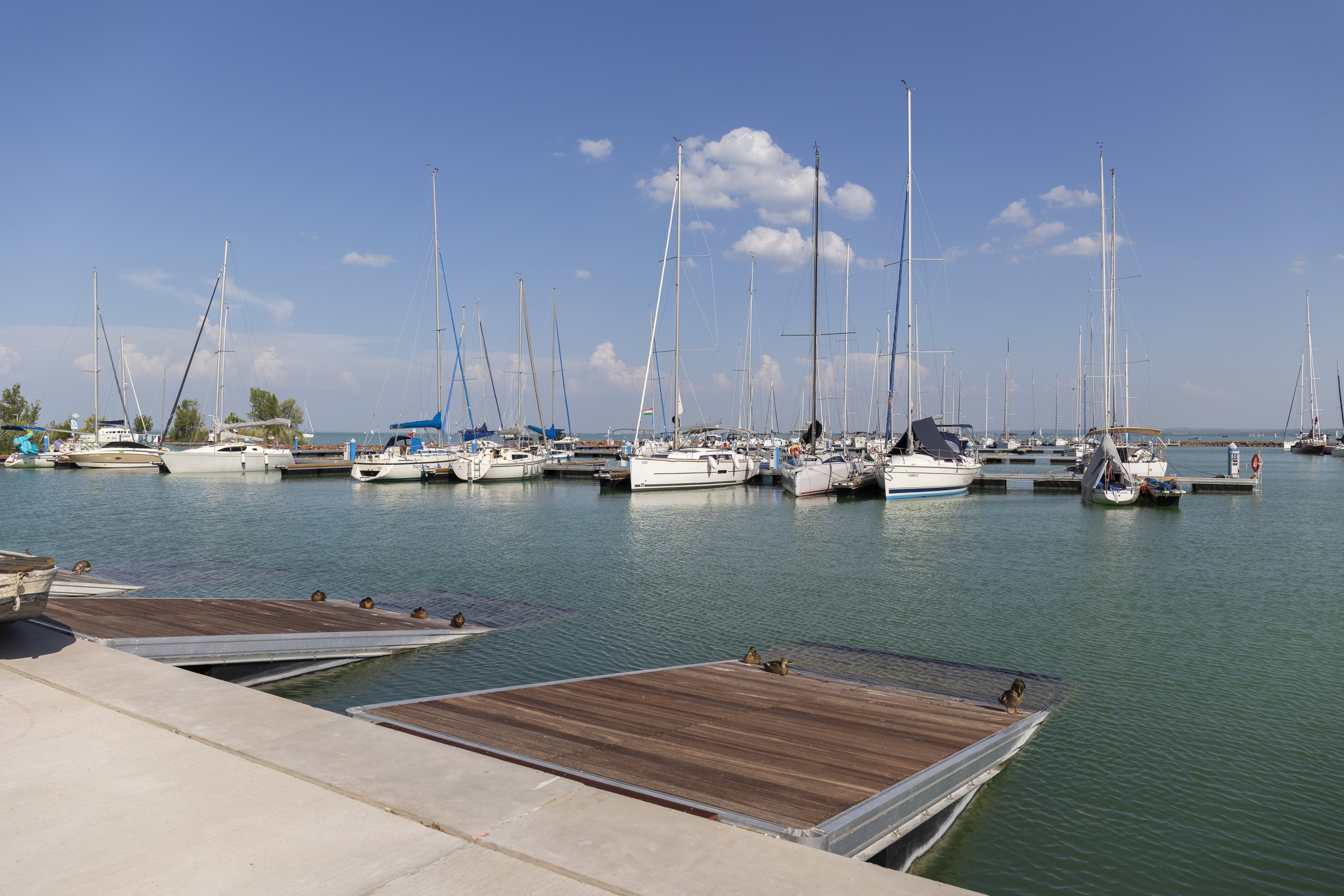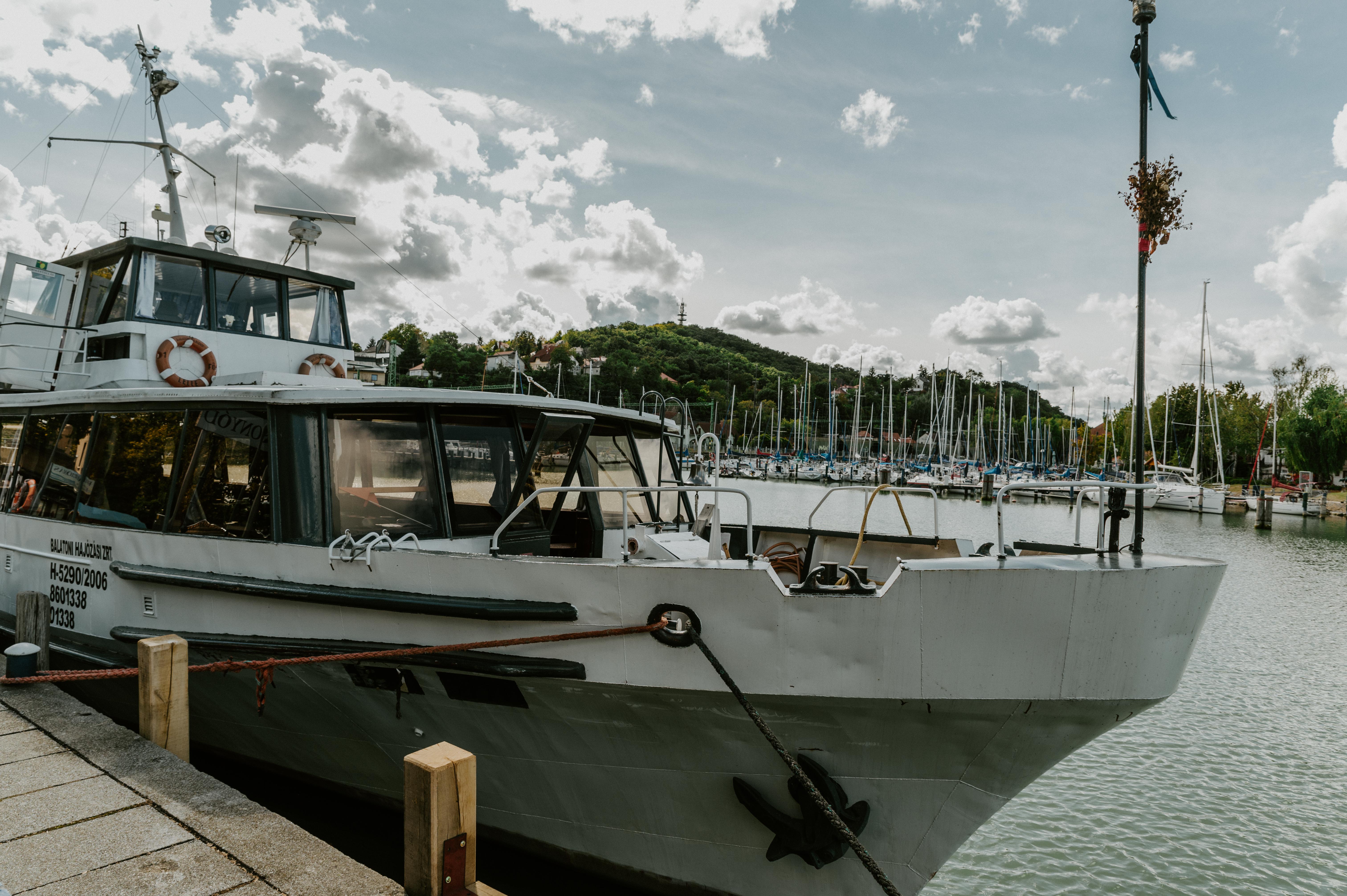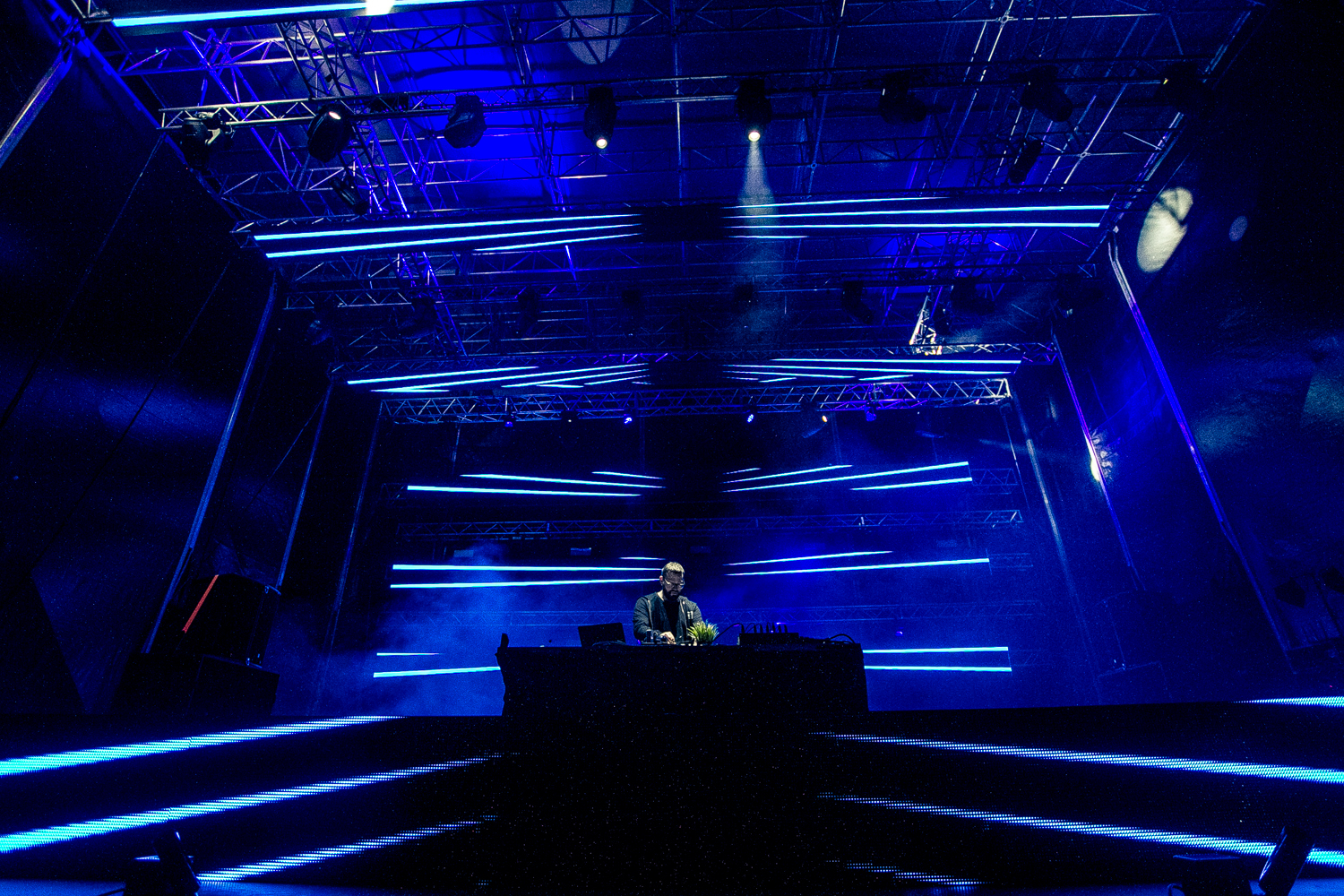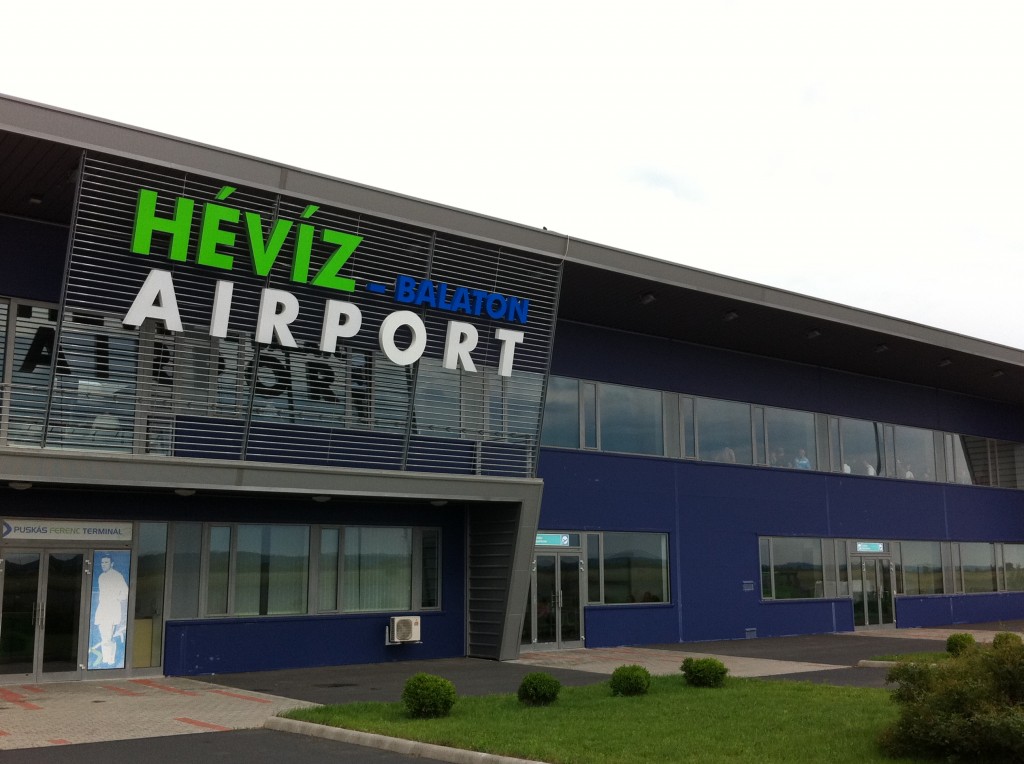We Love Balaton: How advanced are the technological tools that you use in sailing?
Botond Pénzes: We use them all the time; they’ve become absolutely indispensible in our field. When we arrive at the marina, we start getting the boat ready. We crane it onto the lake, fasten the sails and sheets, and check the fittings and ropes. Then we get the computer out to see the weather breakdown for every thirty minutes, and go over our route on the electronic map. We review the results of the same race from previous years, and check them against the data of the boat to find out what kind of sail manoeuvres we’ll have to make and how many. During the race the next day, I keep track of the necessary data on the GPS attached to my arm and my phone, which I have in a waterproof case. I record every important movement to be able to see afterwards what we could do to improve our speed. When you consider all that, it seems strange that the race results are still posted on regular notice boards.

WLBa: So what you’re saying is that the teams can keep up with the pace of the 21st century, but the organizers can’t?
BP: It’s a bit more complicated than that. Sailing seems quite mysterious when you don’t know a lot about it. A racing boat costs millions of forints, so do the equipment, the sails, the suits, and the rent at the marina – and the sport requires a lot of time as well. By comparison, all the audience can see is that the boats cross an imaginary starting line, slalom between lots of distant buoys, and return to the same spot at the end. Of course, there are many different kinds of yacht races: course and tour races, match races, competitions for various distances and boat classes, and so on. Under extreme weather conditions, the race against time and each other can be even more exciting. If I watch a Balaton race from far away, say, from Tihany, even I have a hard time identifying what kind of race it is, despite the fact that sailing is a major part of my life. Imagine what the experience is like for regular spectators: they see elegant boats gliding gracefully on the azure water, and Balaton glistening in the sunshine, but the actual point is lost.

WLBa: What is it like abroad? How do people follow the races there?
BP: The budget is pretty much unlimited at big competitions like the Volvo Ocean Race or the America’s Cup. They can afford to broadcast everything from helicopters, rent satellites, and indicate the direction of prevailing winds on the live television broadcast. They say their job is getting more and more difficult, but their events are always sponsored by big brands like Volvo, Louis Vuitton, Oracle, and Rolex. They use their social media platforms very strategically, post regularly on their Twitter and Facebook, and allow the audience to follow the happenings of the race via a cell phone application.

WLBa: What about European races – for example, the ones taking place on the lakes of the continent? We heard they had joined forces to create an exciting cooperation this year.
BP: You can only track the contestants of the biggest regattas in Europe, but those are the only ones that have Hungarian participants anyway. Boats currently use their own tracking systems to provide information about their whereabouts, and the organizing clubs – Société Nautique de Geneve (SNG) and Circolo Vela Gargnano (CVG) – only post irregular updates on their social media in their national language. Kwindoo, the new race tracking system and application developed by my company could go a long way toward promoting more effective communication at international sailing competitions. We’ve already entered into a negotiation with the above-mentioned clubs about the use of our products at the races.
WLBa: How can Kwindoo contribute to the audience’s experience?
BP: Kwindoo is a startup that was created with Hungarian funds. Our main aim is to provide help with the organization, tracking, and analytics of sailing regattas. The app is useful to both participants and organizers, and the audience can also receive live information about the various competitions. You can track the route of the boats from start to finish, check out the results at the end, and find out more about the events taking place in connection with the regattas.

WLBa: For the past few years, sailing fans have been able to track the events of Kékszalag online.
BP: That’s correct. The Hungarian Sailing Association stands well above the average in terms of providing live coverage of the bigger races. They also organize Kékszalag Festival in Balatonfüred every year. This regatta always attracts prominent sponsors, but most other races have to rely exclusively on competition fees.
WLBa: How can you change that?
BP: There are many small companies that would be happy to advertise at less prestigious races, but the organizers are simply unable to provide them with appropriate platforms. They should definitely be more active on social media – many of the things you can do there are free after all. These platforms have a lot more potential than what they are currently used for. Lots of clubs hold competitions around Lake Balaton, but they hardly ever communicate the details on their channels. There are only a handful of sailors and teams that make good use of these opportunities. One of them is Mári Érdi: she competes all year, and keeps winning gold medals at European and world championships. Some of the others that use their Facebook well include the team of the libera Raffica, Kékszalag record holder Fifty-Fifty, and the team of the catamaran named Team Black Jack.





